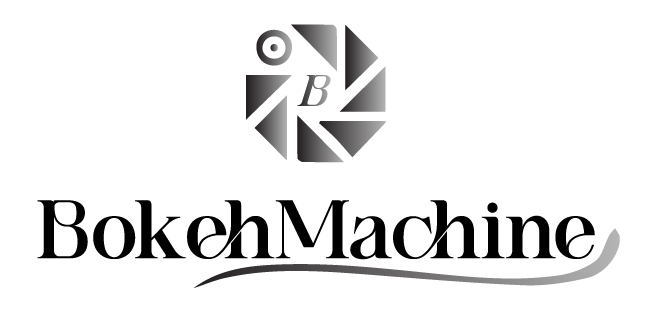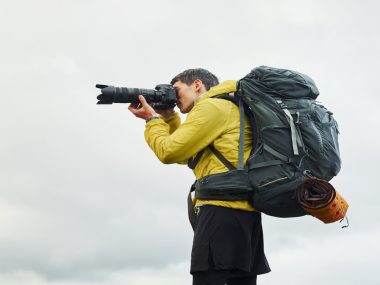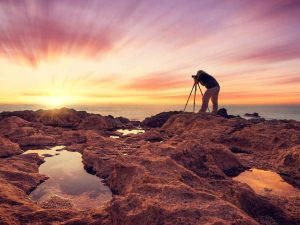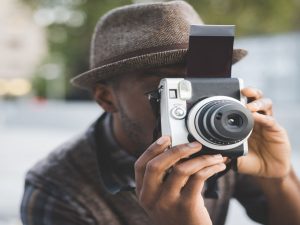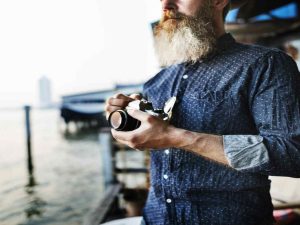Being a serious photographer, you need to have the appropriate equipment to be able to make beautiful pictures and convey your artistic idea. Being either a professional or an ardent amateur, the quality of photography equipment can greatly boost your potential and the quality of your work in general. We will also venture in this guide to the photography equipment every serious photographer cannot do without, be it cameras and lenses, or other accessories which can make a huge difference.
Camera Body
Choosing the Right Camera
The most important part of your photography is the camera body. At the time of choosing a camera, it is important to consider the type of camera that you want, a DSLR or a mirrorless. Both have their advantages:
- DSLR Cameras: They are characterized by a strong construction and optical viewfinder. They normally have a variety of lenses and accessories. There are great DSLR models of brands such as Canon and Nikon, which meet different levels of skills.
- Mirrorless Cameras: These Cameras are smaller in size and light in weight thus easily portable. They are usually fast-autofocused and many can have enhanced video features. The brands in the category of mirrorless are Sony, Fujifilm and Panasonic products.
Key Features to Look For
- A camera body: Seek features that will help you enjoy your shooting experience:
- Sensor Size: Large sensors (full-frame vs. APS-C) tend to have a better performance in low-light situations and a better depth of field control.
- Megapixels: Megapixels does not solely determine the quality of images even though higher megapixels may give a higher quality of the image. Evaluate your requirements depending on how you will use it (e.g. print large format or online sharing).
- Burst rate: To capture fast action, the camera that has a high burst rate (frames per second) will assist you in capturing the best shot.
Lenses
The Fresnel Lenses of the various styles
The lenses are equally important as the camera body. A right lens can add a lot of difference to your photographs in terms of quality and style. The following are critical lenses to be considered:
Common Zoom Lens: A generalized lens, like a 24-70mm f/2.8, is ideal in daily photography. It enables you to take most types of subjects; be it portraits, or even landscapes.
Prime Lens: A prime lens, e.g. 50mm f/1.8 or 85mm f/1.4, has a wide aperture, which provides a wide-open low-light capability and gorgeous bokeh. Such lenses are perfect in portrait photography.
Wide-Angle Lens: When you are shooting a landscape or architecture, a wide-angle lens (16-35mm) can enable you to shoot large areas and dramatic shots.
Telephoto Lens: Telephoto Lens (e.g. 70-200mm) is ideal in wildlife and sports photography as you can take a picture of something distant without scaring them.
Specialty Lenses
You could also have specialty lenses depending on your style of photography:
- Macro Lens: Ideal in situations where the photographer needs to capture the details of a small object such as flowers, insects and small parts of things which are in our daily life.
- Tilt-Shift Lens: Can be used when taking photographs of structures to counter the perspective distortion and create the effect of selective focus.
Tripod
Stability and Versatility
A firm tripod is an important tool in obtaining clear photographs particularly in low-light cases or a slow shutter rate. The following are the considerations to make in selecting a tripod:
- Material: Trips made of aluminum will be robust and cheaper than those of carbon fiber, which will be lightweight and portable, suitable for traveling.
- Load Capacity: Check the capability of your tripod to hold the weight of your camera and lens. The heavier the tripod, the greater and more versatile it will be.
Height and Flexibility: Find a tripod that is able to reach the desired height and its legs are adjustable to uneven surfaces. Certain tripods include a ball head so that they are easily changed.
Camera Bag
Keeping Your Gear Safe
A great camera bag is essential in safeguarding your equipment and in making it transportable. When selecting a camera bag, it is necessary to take into consideration the following:
Size and Capacity: Make sure that the bag is large enough to fit your camera body, lenses and accessories and still have some space.
Types of Camera Bags
- Backpack: Provides plenty of room in carrying gear, and is fine on long hikes or traveling.
- Shoulder Bag: This one is easier to get at a fast rate but does not distribute weight as evenly.
- Rolling Bag: Is the best in travels but is bigger and may not fit in any landscape.
Lighting Equipment
Natural and Artificial sources of light.
Photography lighting is an essential part of the photograph and the correct equipment will help you to get the effects you want. Following are the lighting options to be considered:
- Reflectors: A cheap, easy, and inexpensive method of controlling natural light. Reflectors are useful in bouncing the light back onto your subject, filling the shadows and making the exposure more balanced.
- External Flash: The external flash or speedlight enables one to have a greater control over the lighting. It may be applied off-camera to provide dramatic effects or fill light contrasting with outdoors settings.
- Continuous Lighting: Continuous lights are useful in video and portrait photography and they are used when you need to observe the effects of the light on your subject.
Advanced Lighting Techniques.
Softboxes: These modifiers produce diffused light which is soft and suitable in capturing a portrait.
Umbrellas: This is a flexible and handy tool that can be used to either disperse or project light onto your object.
Editing Software
Post-Processing Essentials
It is an important stage of photography to edit. By investing in high-quality editing software, you will be able to make your images look better and pursue the vision of your creativity. Take into consideration the following programs:
- Adobe Lightroom: This is a necessary application to manage, edit and share your photos. Its intuitive design allows one to make batch-edits and maintain your library easily.
- Adobe Photoshop: This program is best used in higher-level editing like retouching, composing and creative effects, embodying advanced photography tips.
- Capture One: Capture One is a high-quality editing program that is popular among studio photographers due to its ability to perform advanced color grading and its tethering features.
Conclusion
A serious photographer needs to invest in the proper photography equipment to improve his or her skills and have a chance to make beautiful shots. When choosing the correct camera body and lenses or using other necessary accessories, every item of equipment adds to the total experience of taking pictures. In your further development of your craft, you should keep in mind that the best camera is the one in your hands and the equipment must not trouble you but should enhance your creativity. Having the right instruments, you will be able to concentrate on what really matters: you will be able to capture moments and tell your stories through your lens.
FAQs
What is all of this equipment that I need to begin photography?
Answer: You do not have to have all this list to begin with. Start by having a good camera and a universal lens and expand to other equipment as you develop and know what you specifically require.
How frequently do you upgrade your equipment?
Response: Replacement of equipment is a personal choice. Upgrade when you are restricted in your creativity by the equipment you have or when a major advance in quality is available to you.
Which is the most suitable camera as a beginner?
Response: As a beginner, a good entry-level DSLR or mirrorless camera is a good purchase by Canon, Nikon, or Sony. Find models that have good automatic features and manual controls to expand with your capabilities.
